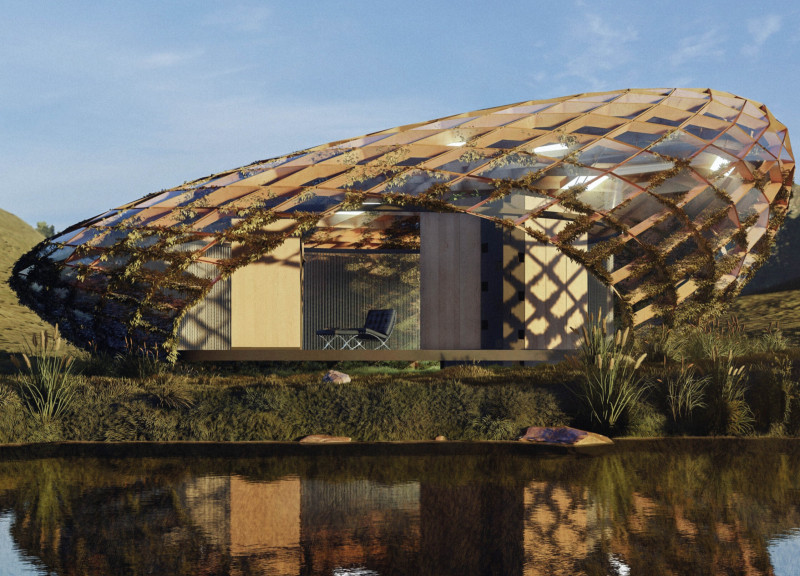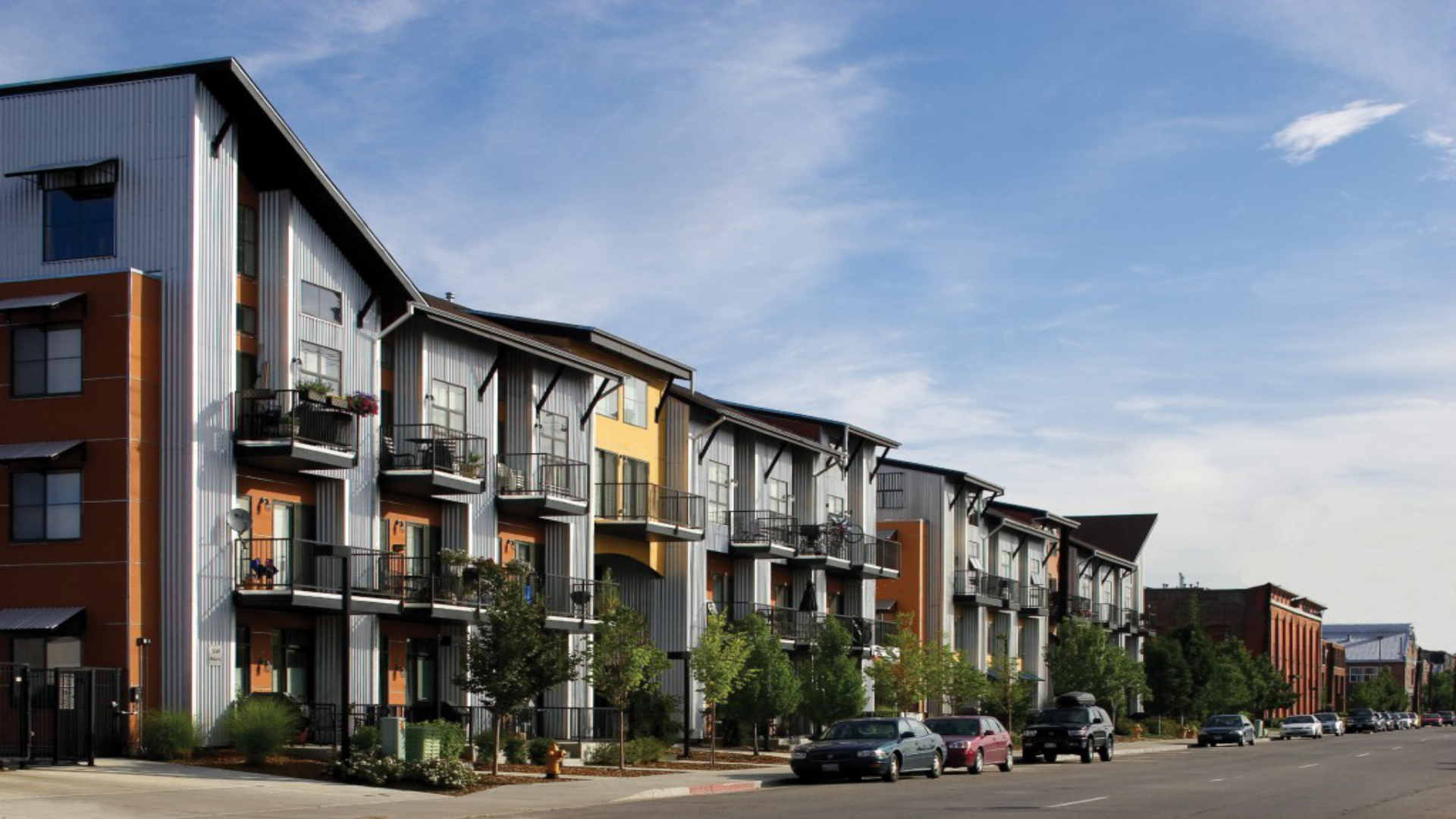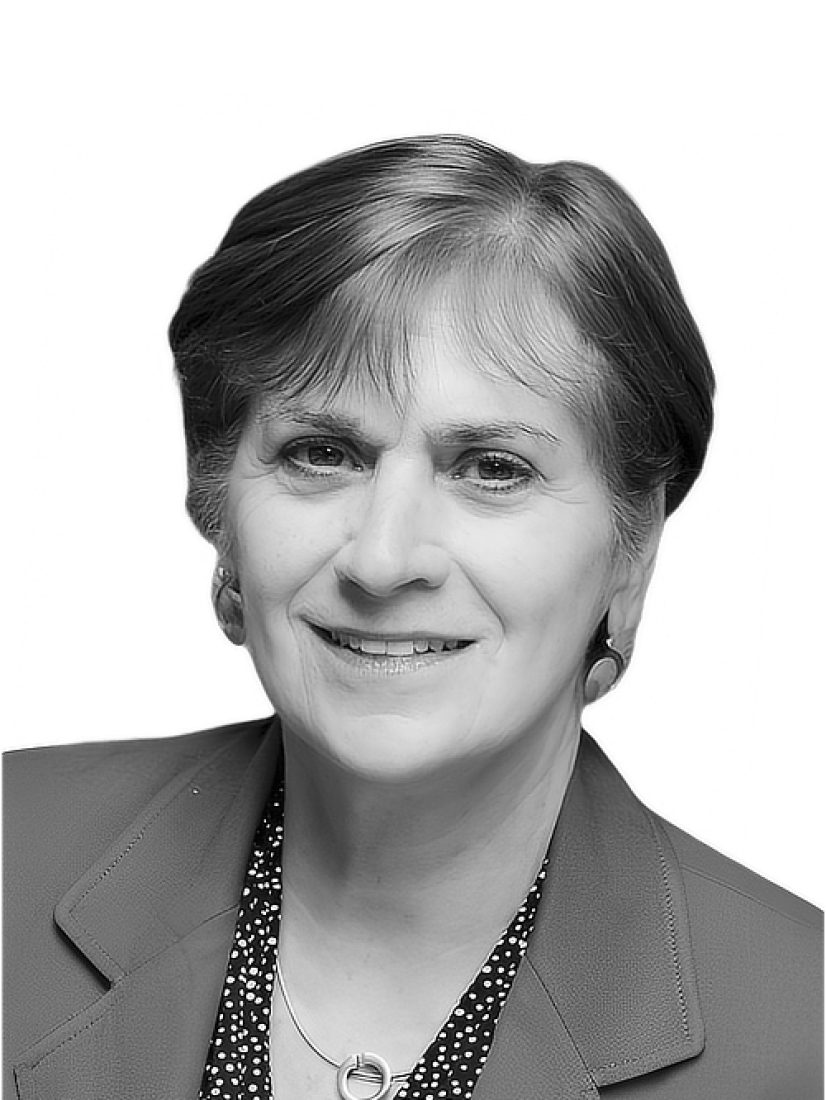5 key facts about this project
The Oumuamua microhome is a notable design that emphasizes a strong connection with nature. Located in a rural area, this microhome is built for efficient living through an innovative layout. The concept revolves around an oval interior space that encourages interaction between residents and the surrounding landscape, creating a cozy yet functional environment.
Sustainability Focus
Sustainability plays a key role in the design of the Oumuamua microhome. The approach aims to achieve a negative carbon footprint over time by using renewable energy sources to offset any emissions produced during manufacturing. This commitment not only addresses environmental issues but also creates a living space in tune with its natural setting.
Functional Design Elements
The design includes several functional aspects that enhance daily life. The outer layer of the microhome is engineered to manage rainwater effectively. By changing the shape of traditional slopes, it allows for efficient water circulation. Rainwater is collected and directed to a central point, where it can be reused for household sanitation and gardening needs.
Adaptive Features
The sliding wall serves as a thermal barrier that can adapt to changing temperatures inside and outside the home. This feature helps maintain comfort while promoting energy efficiency. Additionally, the microhome includes totem structures designed for multiple uses. These elements support various everyday activities while providing systems for managing energy and water.
Architectural Integrity
The base of the microhome consists of a removable oval platform, which reduces contact with the ground and allows for easy relocation. This design choice reflects an effort to minimize ecological impact while offering flexible living arrangements. Every detail enhances the connection between the home and its environment, reinforcing a thoughtful approach to modern living.
The careful attention to design features, like the uniquely shaped outer layer and strategic window placements that maximize natural light, emphasizes a blend of functionality and aesthetic appeal.






































